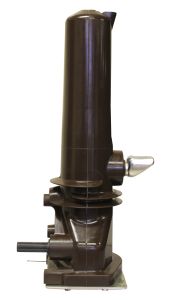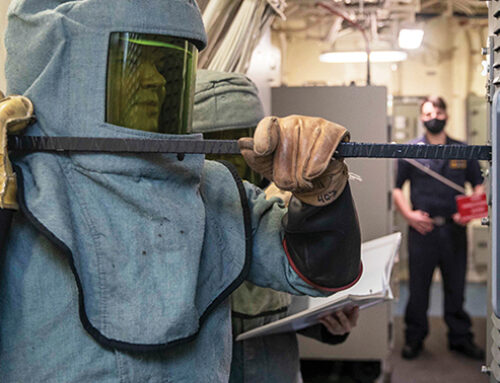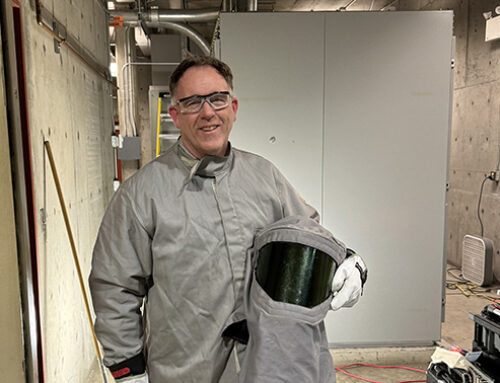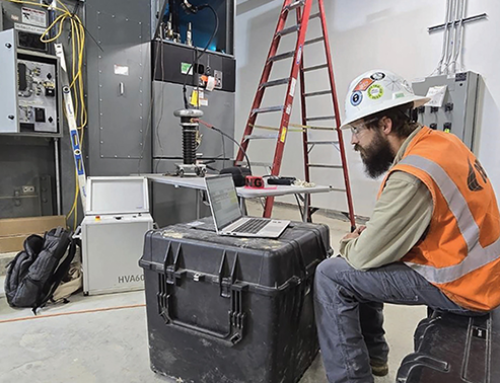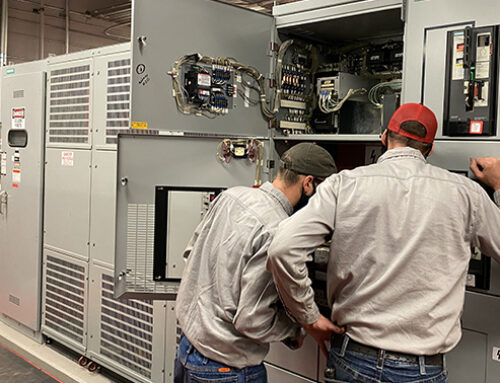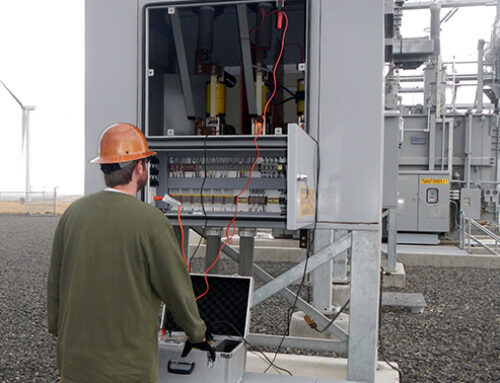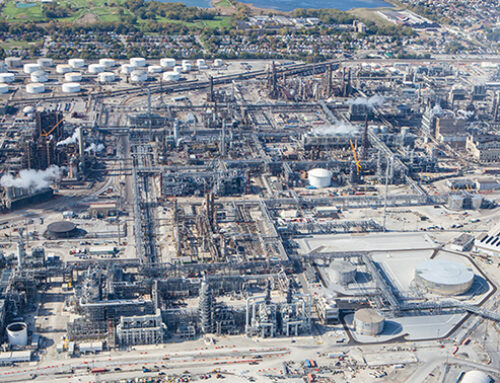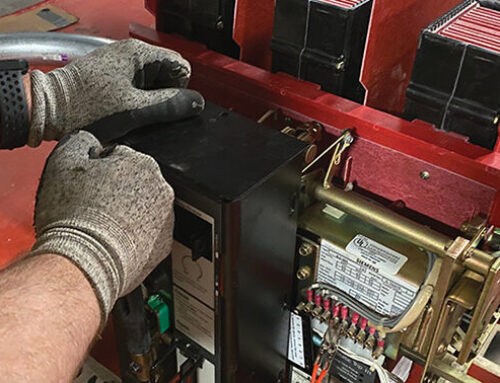Electricity is the undisputed modern marvel and, as anyone in the industry knows, working around any level of voltage requires hazard awareness and caution. In addition to knowledge, experience, and personal protective equipment, circuit breakers and interrupters provide another critical line of defense, protecting both people and equipment from the dangers of electrical faults.
One of the earliest circuit breaker designs was developed by Thomas Edison in 1879 to protect lighting wiring from overload and short circuit. While Edison’s system was a single-use, fuse-based approach, German engineer Hugo Stotz patented an automatic tripping device in 1923 that introduced the world to reusable circuit breaker technology that would ultimately revolutionize the industry.
In the decades that followed, circuit breaker systems evolved to accommodate the world’s growing need for electrical energy. As multiple generators became interconnected in what would become today’s grid, circuit breakers needed to handle increasing voltage ratings to safely interrupt increasing available fault currents. Today’s circuit breakers use a medium, such as air, oil, or vacuum, to quench the powerful arc that is created when a breaker interrupts a fault. With high- and extra-high voltage equipment* found in power stations and electrical distribution systems, another medium is commonly used: sulfur hexafluoride, or SF6 gas.
What Is SF6?
SF6 is an electronegative gas with a strong tendency to absorb free electrons. That means it can capture conducting free electrons and render them essentially immobile, building up enough insulation to quench the arc. SF6 circuit breakers are used in a wide variety of high-voltage applications up to 800 kV.
In contrast with other circuit breaker operating media, SF6 offers several advantages including smaller footprint, higher operating voltages than vacuum technology, and relatively low maintenance.
Acceptance and Maintenance Testing
However, low maintenance isn’t no maintenance. The internal parts of an SF6 circuit breaker need periodic inspection to ensure no moisture is present, and that mechanical parts are in proper operating condition. Group CBS company CBS Field Services can perform maintenance testing to check SF6 gas for contamination.
It’s important to note that SF6 gas is a greenhouse gas, it is expensive, and it needs to be removed while a breaker is having its internals serviced. CBS Field Services can properly remove and store SF6 gas for use after maintenance is complete. Acceptance testing of gas prior to the filling of new SF6 equipment is crucial to ensure long and reliable breaker life. It is not uncommon, for instance, to find SF6 gas contaminated with moisture. In addition to acceptance testing, CBS Field Services also conducts common electrical tests such as power factor, contact resistance, and operational/timing tests to ensure your breaker is operating according to specifications.
For additional repair services, Vacuum Interrupters (VI), a Group CBS company, is another useful resource for repairing leaking seals, refilling SF6 interrupters, repairing SF6 breaker pole assemblies, and replacing SF6 interrupters for a variety of medium-voltage (38kV and below) circuit breakers and metal clad switchgear. VI offers SF6 interrupter replacements for a range of circuit breaker models from manufacturers such as ABB, Merlin, PACS, and Schneider, to name a few.
VI also provides SF6 leak repair and refill services for SF6 pressure alarm switches. They also offer SF6 gas recycling and reclamation services while your equipment is in the shop, which allows existing SF6 equipment to be reused and put back into service.
Need a Foreign-Made or Unusual Circuit Breaker Model?
Circuit Breaker Sales, a Group CBS company, has access to North America’s largest inventory of overcurrent protective devices dating as far back as World War II. For example, Circuit Breaker Sales stocks medium-voltage switchgear like Square D VAD 2 & 3 – VR – Fluarc SF6 breakers. They are a one-stop shop for sales, service, repair, and even conversion from SF6 to vacuum as part of an upgrade or retrofit.
Circuit breakers and interrupters are key to ensuring the safety and reliability of power distribution systems, and Group CBS affiliates are standing by to assist you with premier products and unparalleled capabilities and services. Contact us today to learn more!
Footnote:
*Specifically, ANSI C84.1-2020 defines high voltage as 115 kV to 230 kV, extra-high voltage as 345 kV to 765 kV, and ultra-high voltage as 1,100 kV.



